The process of creating mobile ads can seem simple and even boring. In practice, it often takes a long time and requires constant creativity from designers and managers. We have described successful approaches to the design of graphic banners to promote mobile applications and websites.
All the approaches are most clearly illustrated by banners placed on social networks. All the examples below were published on the myTarget platform.
Media (Audio/Video):

Use of album covers/ singles and film posters.

Use of photos of performers and actors, as well as screenshots of clips from films.

Emphasis on that only your smartphone is needed to consume content: “Listen/ watch wherever and whenever”;

Emphasis on content consumption online: “Listen to music / watch movies without an Internet connection”, “no internet, but there is music”.
Dating:
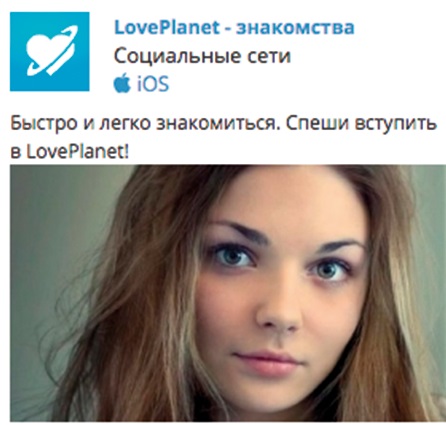
Use of photos of users of the service + text about how “easy it is to get acquainted” in the app.
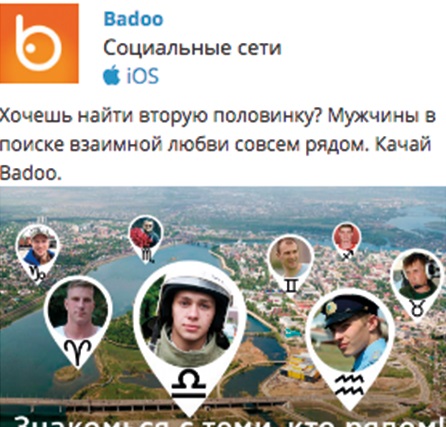
Indication of the opportunity to find your soul mate next to you: map fragment display and photos of users of the service on the map.
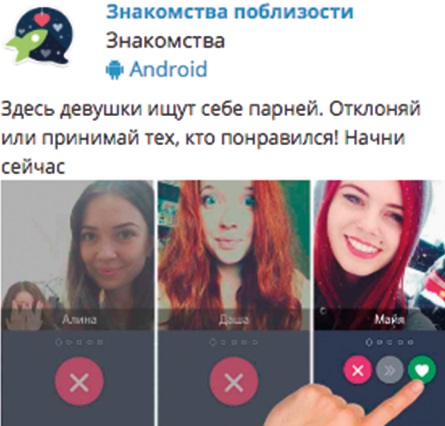
Screenshots of the interface of the app with the “Like” and “Don’t like” buttons and photos of users of the service.
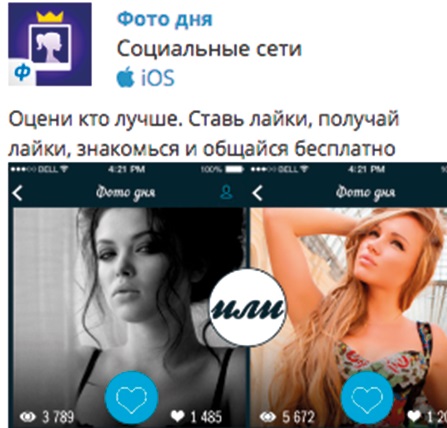
Use of screenshots from the application reflecting a large number of likes and page views.
FMCG:
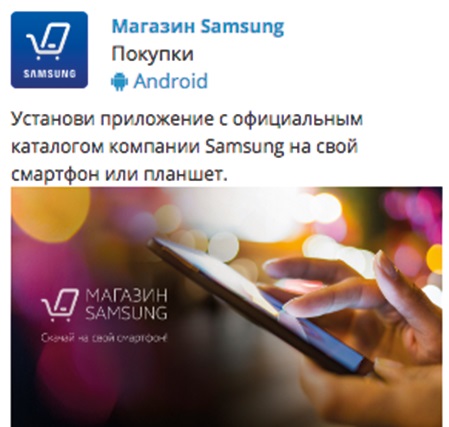
Conformability of creatives to the brand-book of the company.
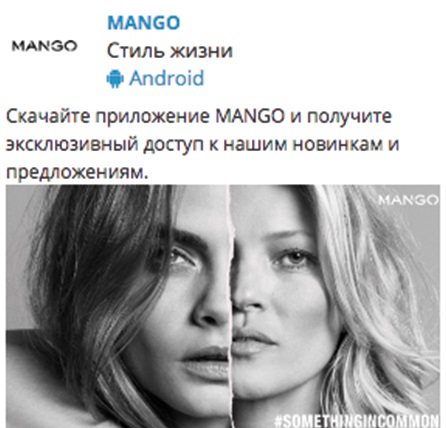
Attracting celebrities for mobile advertising.
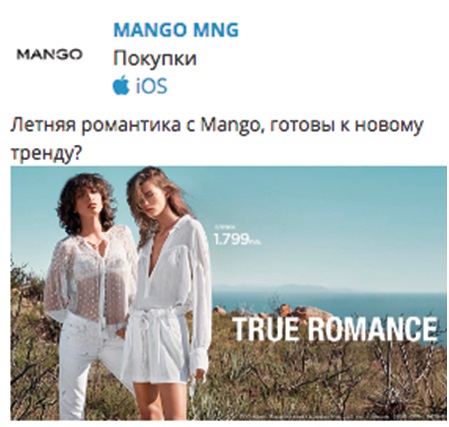
Display a specific product line, newest and non-standard products.
DELIVERY:

Welcome discount and bonus offers.

Current discounts and promotions in specific establishments.
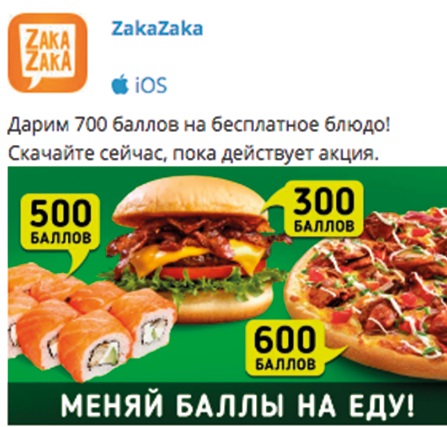
Images of the most popular dishes, which are in demand in the offer.
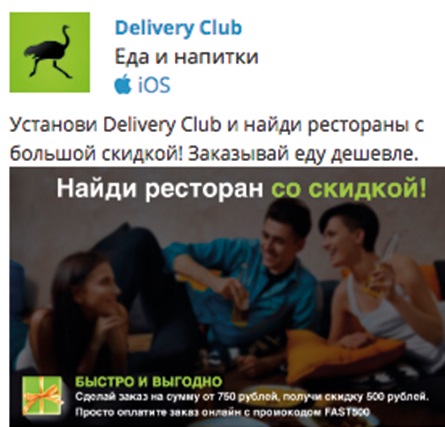
Price comparison in restaurants and when ordering delivery.
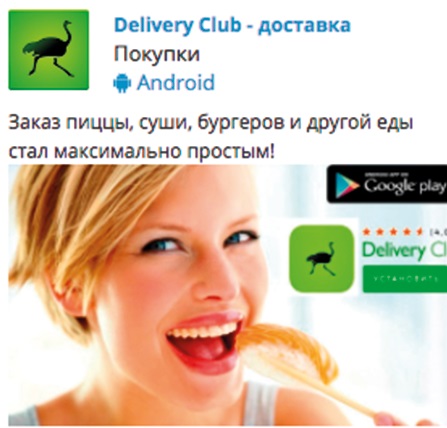
Screenshots with positive user reviews.
Widgets/Launchers:
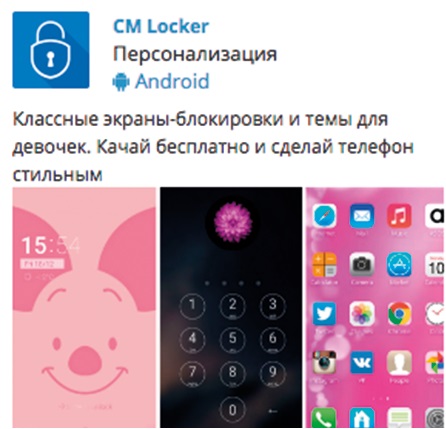
The message “Make your phone stylish”, “Amaze your friends with an unusual screen design”.

Comparison of screenshots of the phone with the installed application and without it.
Auto:

Use of photos of premium models.
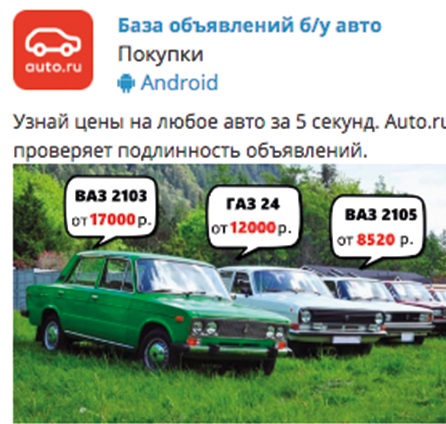
Use of photos of a lineup of the same brand.

Use of automobile brand symbols.
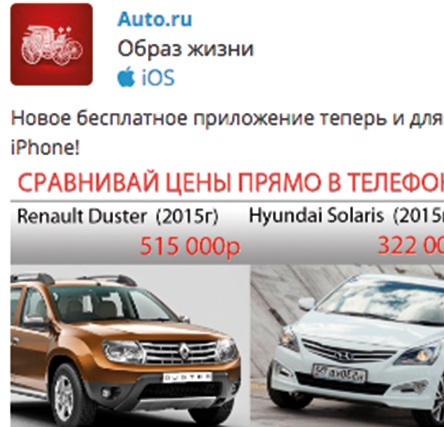
Use of price comparison.

Message “Don’t overpay”.
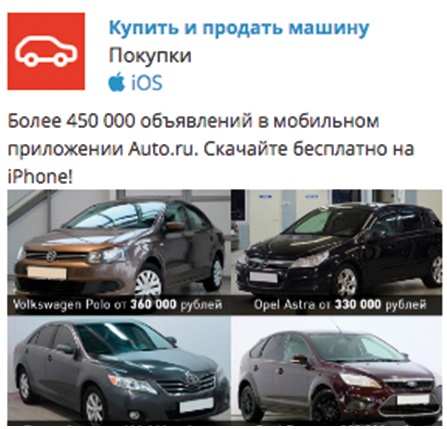
Emphasis on a large selection (at the auto dealership or in the app).
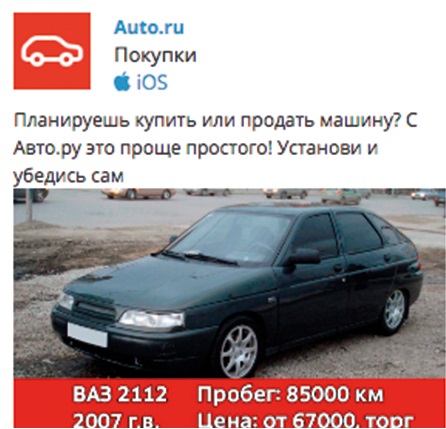
Use of real used car photos.
Real estate:

Photo of an expensive apartment + low price.

Table of favorable prices for housing.
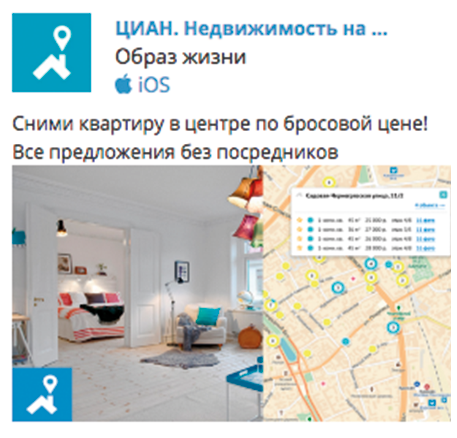
Display on the banner of a small section of the map showing locations of profitable offers / photos of apartments.
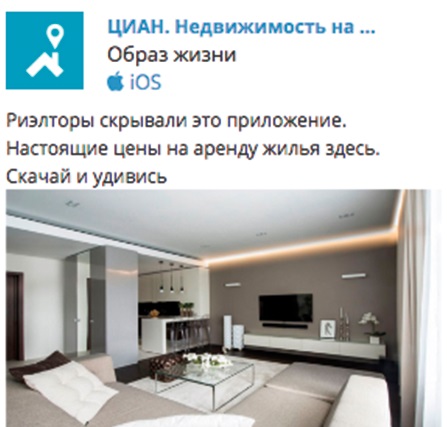
Comparison of the realtor’s price and the price in the app.
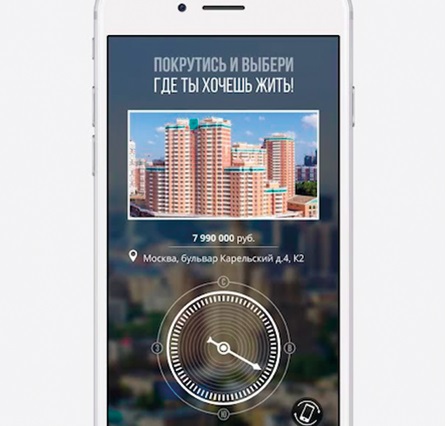
Fullscreen banner is the format with the highest CTR.
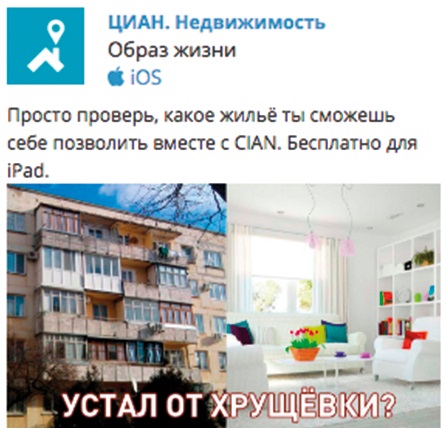
Use of the “call-to-action” approach: “Have you already taken a mortgage?”, “Have you thought of the future?”
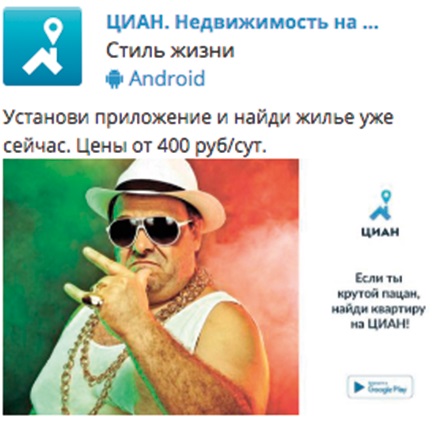
Personalized approach.
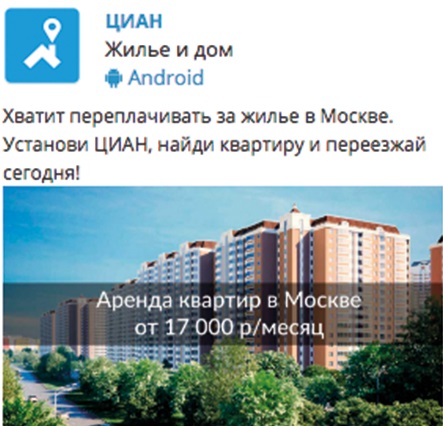
Placement of photos of housing facilities on the banner
E-commerce:
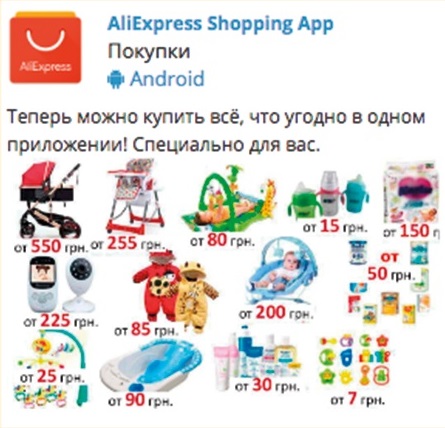
Use of popular positions among the target audience.
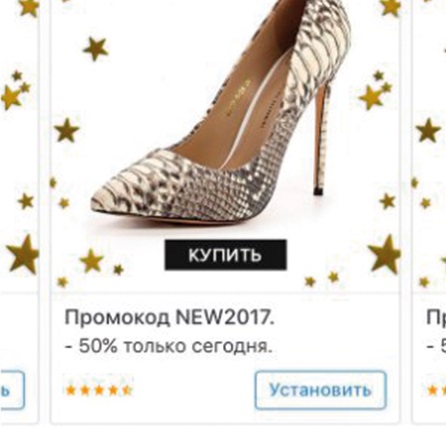
Mobile carousel with the most popular products or demonstrating different possibilities of the app (most often the convenience of making a purchase).
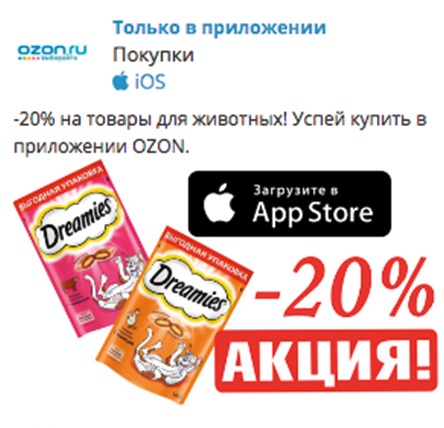
Mention lucrative stocks and large discounts.
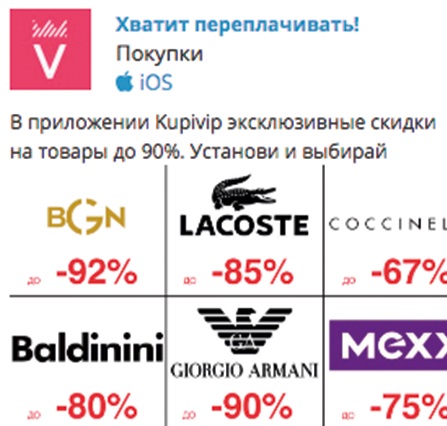
Mention popular brands and the opportunity to receive discounts on products from these brands;
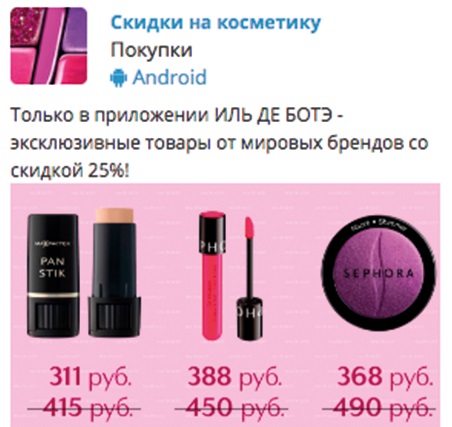
Emphasis on the possibility to buy exclusive products through the mobile app.
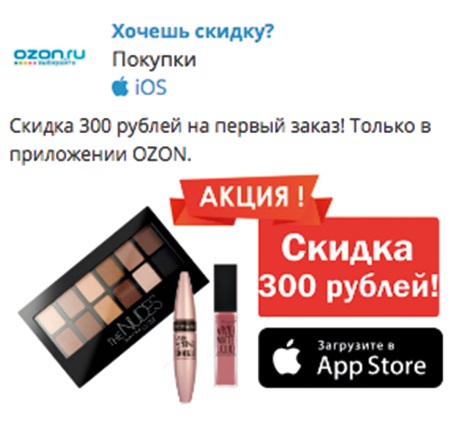
Focus on getting discounts when ordering through the mobile app.
Travel:
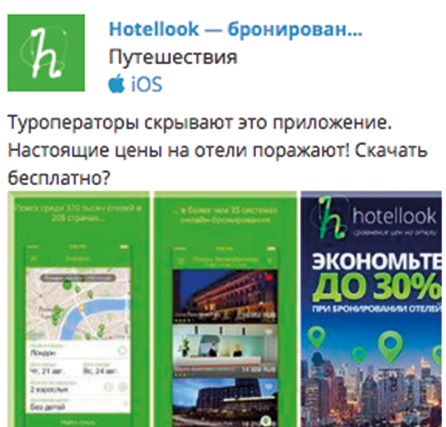
Comparison of tour operator prices.
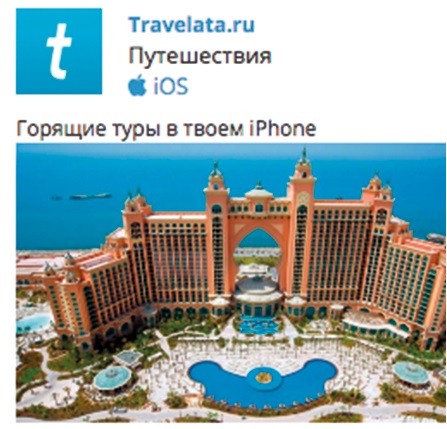
Use photos of picturesque views and comfortable apartments.
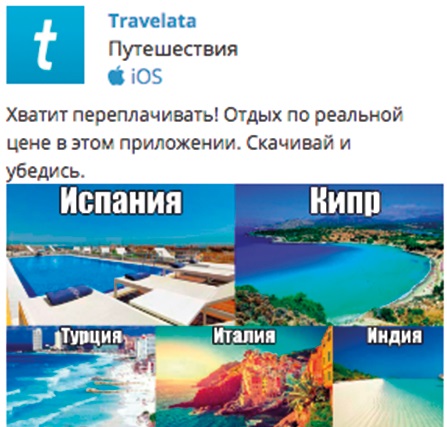
Mention popular destinations: Turkey, India, Tunis, Vietnam, Montenegro, Thailand, Cyprus, Greece.
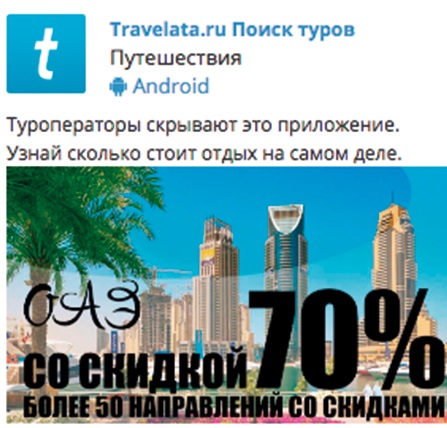
Mention discounts on specific destinations;
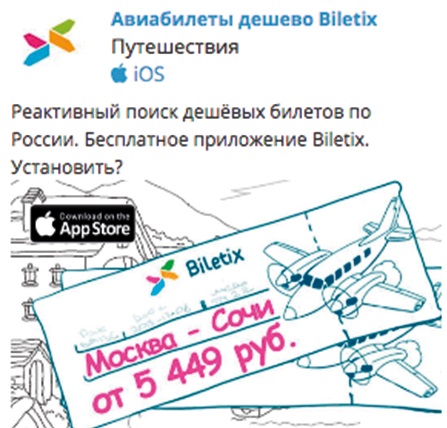
Photos of tickets with low prices on vacations.
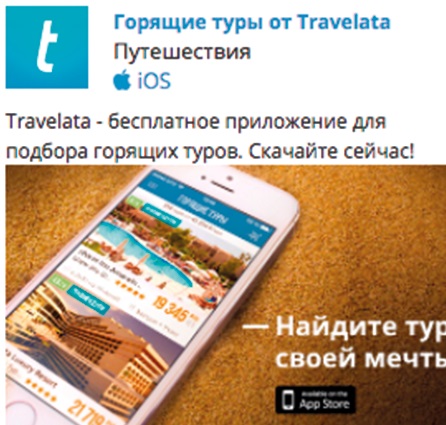
Screenshots from the app with tour bookings at low prices.
Transport:
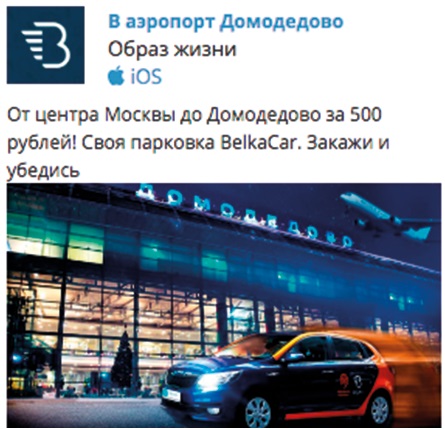
Indication of a low/ fixed cost of trips to popular destinations: from railway stations and airports.
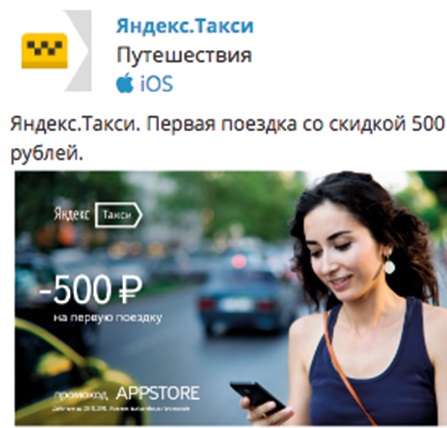
Discount offer on the first trip.
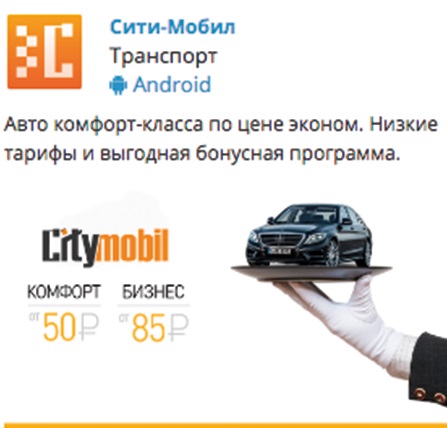
Mention the bonus system in the app.
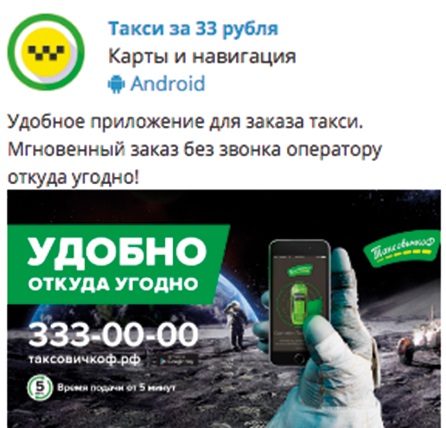
Emphasis on the opportunity to save time when completing an order.
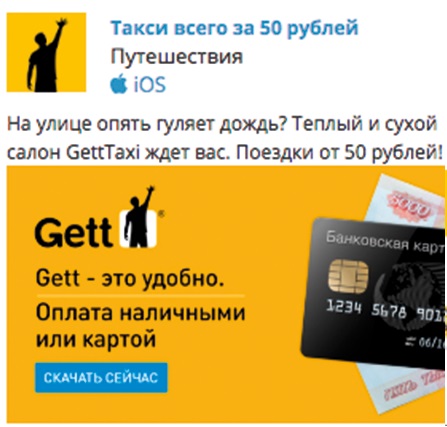
Indication of the minimal cost of a trip.
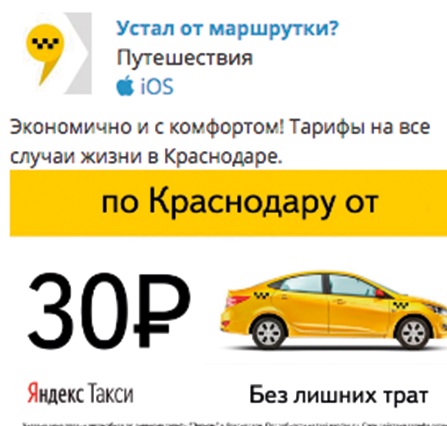
Mention specific types of geolocations, such as “Are you going to Smolensk?”, “The cheapest taxi in Saint-Petersburg”.
Finance – Binary trading:
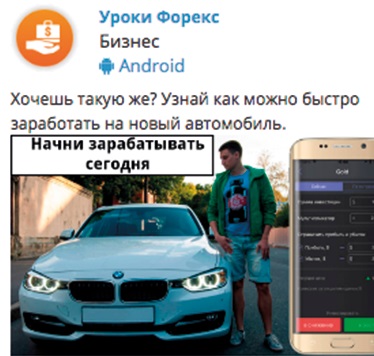
Mention the possibility of quickly earning a large amount of money.

Mention the possibility of earning with a smartphone.
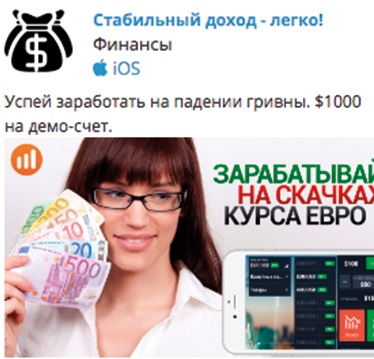
Photos of ordinary people with large amounts of cash / expensive cars.
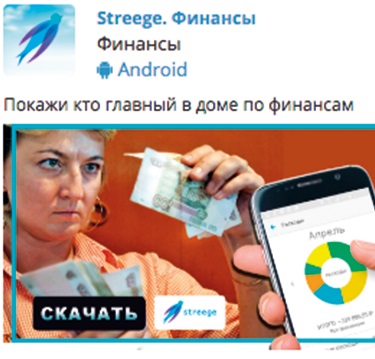
Creatives do not need to contain glossy images, as ones that are more realistic, not very high quality, and are easier to identify with by users work.
Finance – Banks:
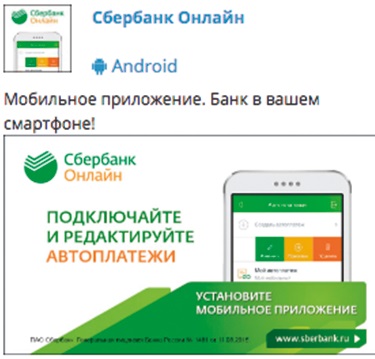
Screenshot of a comfortable interface.
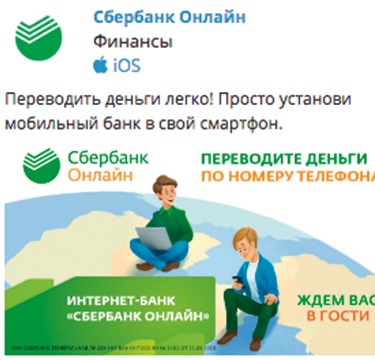
Emphasis on the ability to transfer funds to any card/account.
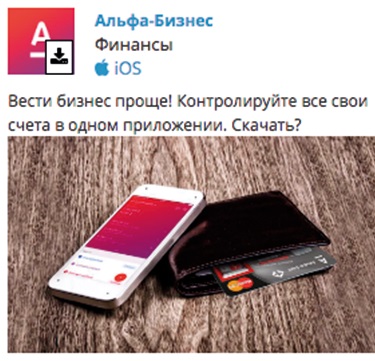
Photos of bank cards and money + text with the message “it is convenient to manage all cards/funds”.

Personalized appeal to the user of the type “You are our client already – download the application”.
Investments:
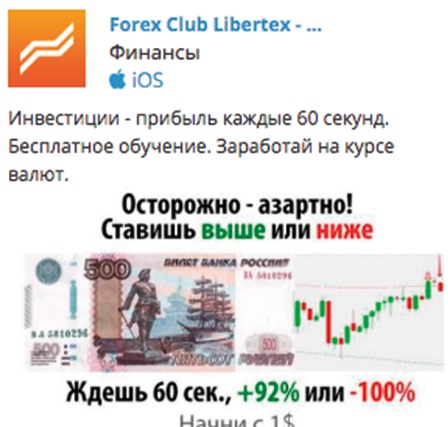
Emphasis on the ability to quickly explore the scope and get rich.
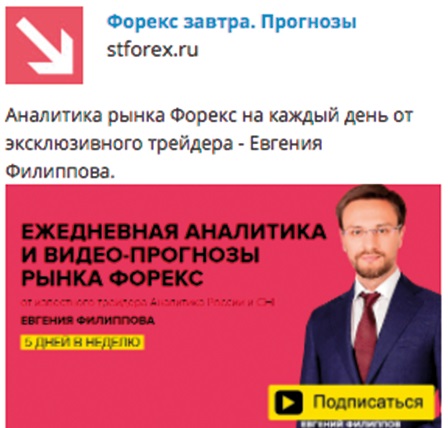
Mention the opportunity to learn the news about a certain sphere. For example, “how much the banks have earned in Q2 2018”.
Gambling (Casino, Slot):
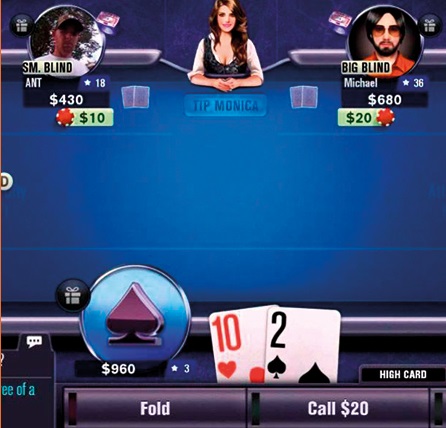
Screenshots of the game’s interface.

Screenshot with winning combinations.
Timekiller (Match-3):
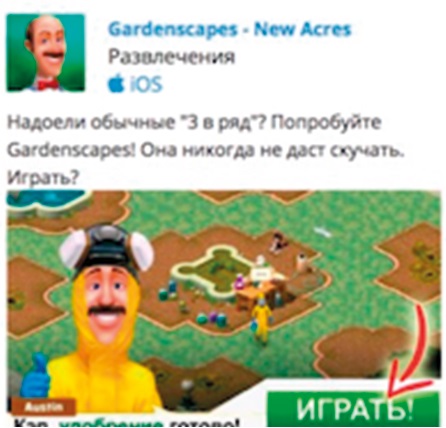
Screenshot of the game + call-to-action text.

Screenshot showing the distinctive feature of the game.
Strategy, RPG:
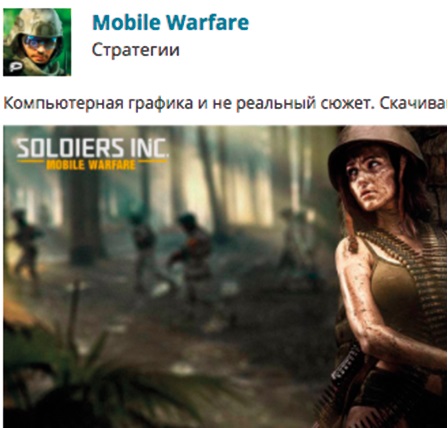
Use of images of realistically drawn characters and display of features that are actually not in the game (mislead).
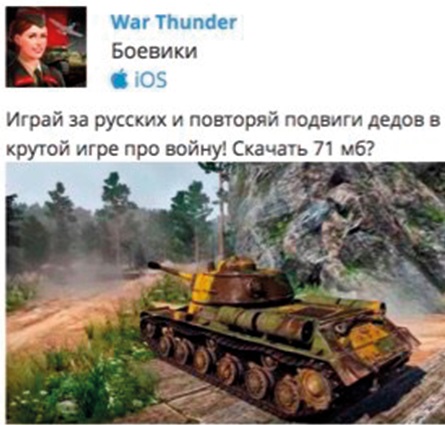
Comparison with popular games and mention of the functionality that does not actually exist (mislead).
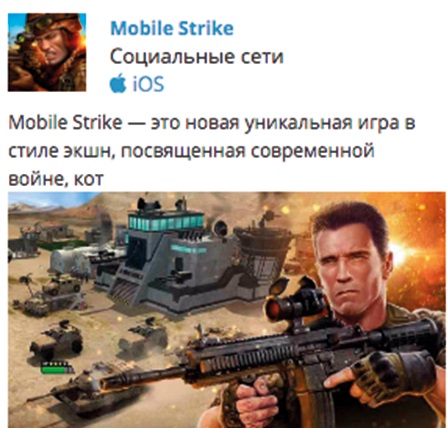
Use of celebrities.

Mandatory use of call-to-actions.
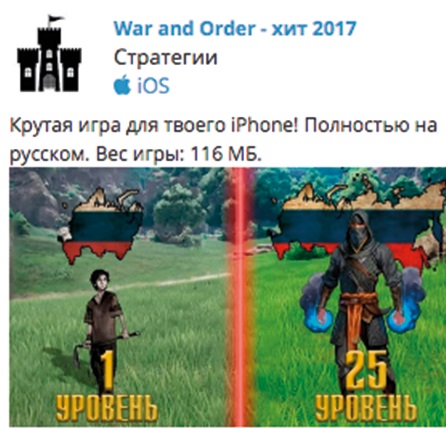
Mention the possibility of “levelling up” a virtual character + photos of the characters of the game at different levels.
